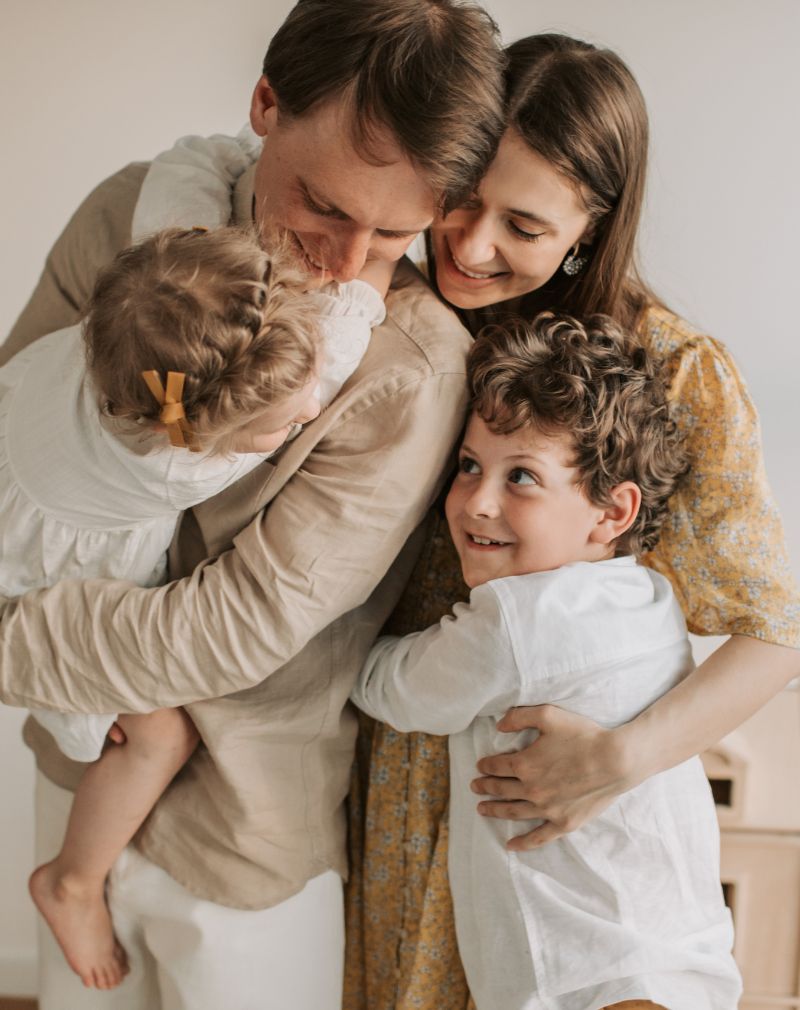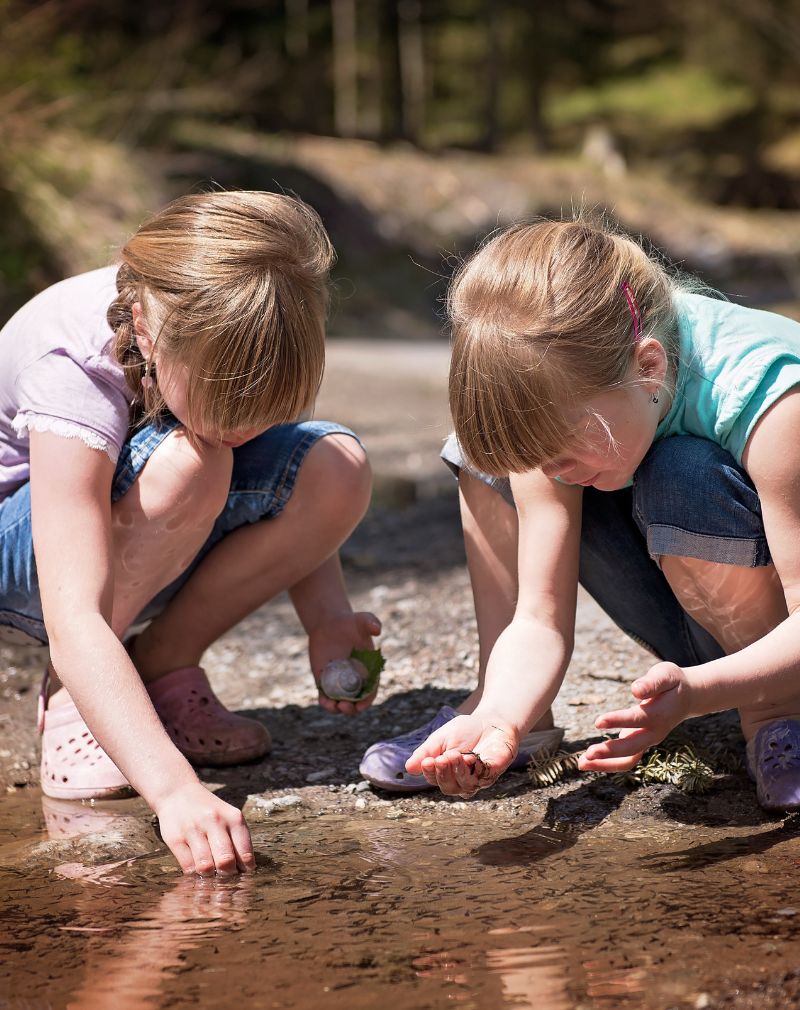A child opens a gift, barely looks up, and moves on. You remind them gently to say “thank you,” and they do — but their tone is flat, distant. You smile anyway, but inside, it stings.
Many parents know this quiet ache. The thought creeps in: “Why doesn’t my child seem grateful?” You start to wonder if you’ve done something wrong or if something in them has gone missing.
The truth is, gratitude can’t be forced. It isn’t a habit we train; it’s a feeling that grows when a child feels safe, seen, and emotionally full enough to notice what’s good.
At The American Wellness Center in Dubai Healthcare City, our Child Psychology Department often meets families facing this same question — loving homes, caring parents, and children who can’t seem to feel thankful.
It’s not manners. It’s about the emotional blocks that keep gratitude out of reach. And understanding them is the first step toward helping children feel it for real.
Gratitude Isn’t Always Natural
Gratitude doesn’t come ready-made in children. It develops slowly, shaped by emotional growth and empathy that build over time. Expecting a child to grasp it too early is like asking them to read before they’ve learned the alphabet.
Younger children aren’t ungrateful. They’re simply centered on their own needs. That’s how their brains are built.
The part responsible for empathy and understanding others, the prefrontal cortex, matures gradually through adolescence. Until then, their sense of “thank you” is often more imitation than emotion.
Here’s what most parents miss: forcing gratitude too soon can plant guilt, not growth. When a child says “thank you” out of pressure, it teaches performance, not feeling. Gratitude taught gently, through example and connection, stays for life.
At The American Wellness Center in Dubai Healthcare City, our child psychologists remind parents that emotional understanding takes time — and patience is the soil where gratitude grows.
Emotional Blocks to Gratitude
Even when children know they should be thankful, some can’t feel it. Their hearts feel flat, not because they don’t care, but because something inside feels blocked.
- Stress and Overwhelm
When a child is anxious or overstimulated, their brain shifts into protection mode. It looks for safety, not joy. Gratitude can’t bloom when the mind is guarding against threat. - Emotional Fatigue
Between school, social pressures, and family routines, many children feel quietly drained. Emotional exhaustion dulls joy — even small things start to feel heavy. - Unmet Emotional Needs
A child who doesn’t feel understood often stops noticing what’s good around them. They’re not blind to blessings; they’re preoccupied with being seen. - Comparison and Shame
In an age where children constantly measure themselves against others, thankfulness can turn into self-criticism. The thought isn’t “I’m lucky,” but “Why don’t I have what they do?”
Our Child Psychology Team at The American Wellness Center in Dubai Healthcare City often sees this pattern. Once children are given emotional space to rest and feel seen, gratitude returns naturally — not as a rule, but as relief.
The Brain and Gratitude
Gratitude isn’t just an attitude. It’s a neurological response — a small surge of dopamine and serotonin that helps the mind register pleasure and connection.
But stress can silence these same systems. When cortisol stays high, it dulls the brain’s reward centers. The result? Moments that should feel joyful pass unnoticed.
Many children today live in constant stimulation — schoolwork, screens, activities — leaving no quiet space for appreciation to land. The mind can’t feel grateful when it never stops running.
The Guilt Trap: When Parents Push Gratitude
Parents often say, “My child has everything — why can’t they appreciate it?” It’s an honest question, but gratitude doesn’t grow from reminders; it grows from relationship.
When gratitude is taught through guilt, children learn to perform it — saying the words but feeling nothing behind them. Gratitude built on pressure isn’t gratitude, it’s compliance.
Connection teaches gratitude better than correction. Children who see gratitude in their parents — in small thank-yous, in quiet appreciation, in gentle presence — begin to feel it too.
Building Real Gratitude in Children
Real gratitude doesn’t start with thank-you notes or polite reminders. It begins in safety — when a child feels secure enough to lower their guard and actually feel.
Children learn thankfulness not by instruction, but by imitation. They absorb what they see. A parent pausing to say, “That meal was lovely,” teaches more than a dozen lectures about appreciation.
Small, lived moments shape emotional understanding far more deeply than words ever could.
Here’s what helps most:
- Start with Safety: Gratitude can’t grow in tension. Emotional safety gives children the calm they need to feel connected.
- Model, Don’t Lecture: Let them overhear thankfulness in your tone, your pauses, your daily life.
- Name Feelings Before Blessings: A child who can say “I felt sad earlier” is more likely to later say “I feel better now.” That’s the seed of gratitude taking root.
- Keep It Real: Replace “You’re lucky” with “That must have felt good.” Gratitude is easier when it’s felt, not performed.
- Reflect Together: Bedtime check-ins or quiet car rides can become moments of gentle reflection — “What made you smile today?” works better than any gratitude list.
At The American Wellness Center in Dubai Healthcare City, play therapy and family sessions often use storytelling, art, and role play to help children express emotion naturally.
When feelings are given language, gratitude follows — not as a lesson, but as a quiet understanding.
When Gratitude Feels Out of Reach
Even in loving homes, there are times when children can’t feel thankful at all. They’re not ungrateful — they’re simply tired. Emotional fatigue can make joy feel far away, no matter how much kindness surrounds them.
Gratitude isn’t a constant emotion. It rises and falls with a child’s sense of safety and balance. When life feels uncertain or overwhelming, the ability to notice good things often fades first.
If a child stays withdrawn or indifferent for long, it might point to something deeper — early anxiety, unresolved stress, or emotional exhaustion. These aren’t signs of failure. They’re quiet calls for help.
Gratitude Begins with Understanding
Gratitude doesn’t grow from rules. It grows from being seen, understood, and loved in moments that ask for patience instead of correction.
A child’s heart opens slowly. When safety comes first, thankfulness follows.
There is no formula for this, only presence — the steady kind that listens before it teaches.
If your child seems distant or untouched by joy, it may not be defiance but quiet overwhelm.
We at The American Wellness Center in Dubai Healthcare City can help uncover what’s beneath that stillness and guide your family toward real emotional balance.
Sometimes, the first step to gratitude isn’t a “thank you.” It’s a deep breath and someone willing to help you begin again.



